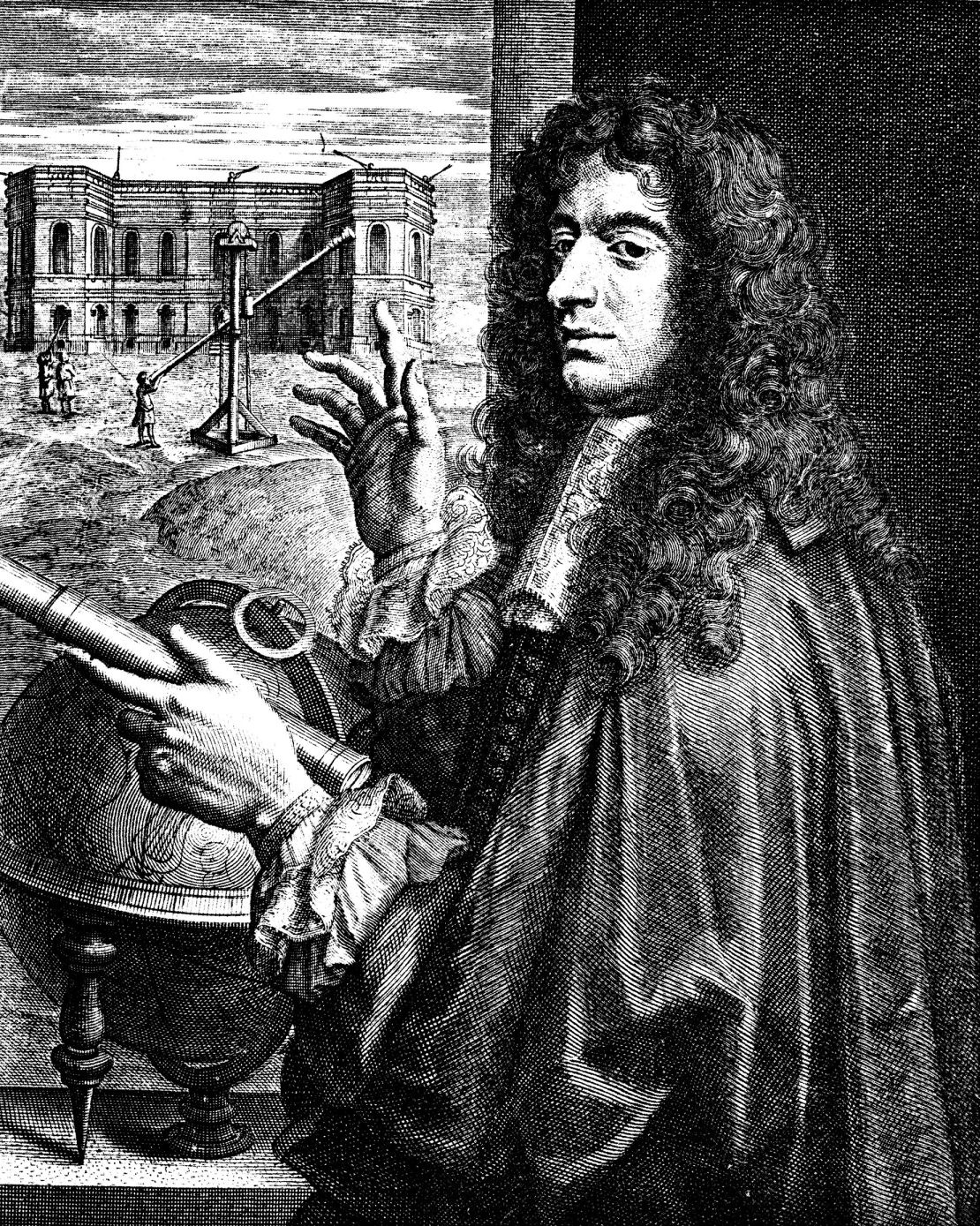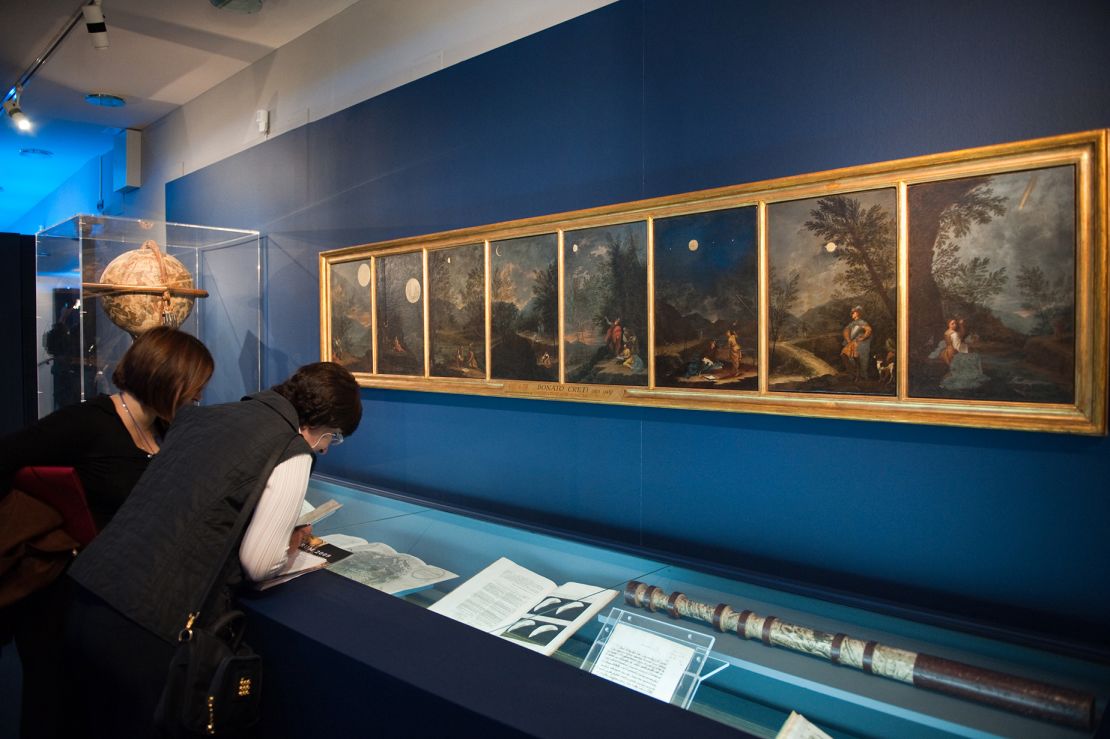Sign up for CNN’s Science of Miracles newsletter. Explore the universe with news of fascinating discoveries, scientific advances and more.
CNN
–
Jupiter’s iconic Great Red Spot is a massive storm that has been swirling within the atmosphere of the largest planet in the solar system for years.
But astronomers have debated how old the vortex really is, and when and how it formed. Some experts believed it was centuries old and was first observed by Italian astronomer Giovanni Domenico Cassini in the 17th century, while others thought the storm was more recent.
Now, new research suggests the Great Red Spot formed about 190 years ago, meaning Cassini observed something else on Jupiter in 1665. And despite being younger than previously believed, the storm remains also the largest and longest-lived vortex known throughout our country. solar system, according to researchers.
A study detailing the findings appeared June 16 in the journal Geophysical Research Letters.
The stunning view of Jupiter features streaks and dots made up of bands of clouds surrounding the planet and cyclonic storms. Its colors come from the composition of the various atmospheric layers, which are individually made of ammonia, water ice, sulfur and phosphorus gases, according to NASA. Fast jet streams sculpt and stretch the clouds into long bands.
Cyclonic storms on Jupiter can last for years because the gas planet does not have a hard surface, which can slow down the storms.
The Great Red Spot is a massive vortex within Jupiter’s atmosphere that is about 10,159 miles (16,350 kilometers) across, which is similar to the diameter of Earth, according to NASA. The storm rises to an altitude of more than 200 miles (322 kilometers).
Howling winds are blowing at 280 miles per hour (450 kilometers per hour) along the storm’s borders. And its signature red hue comes from atmospheric chemical reactions.
The iconic feature is visible, even through small telescopes.
And it looked similar to a dark oval at the same latitude that Cassini first discovered while peering through his telescope in the mid-1600s. He referred to the feature he spied as the “Permanent Spot,” and Cassini and astronomers others observed it until 1713, when they lost sight of the storm.
Then, in 1831, astronomers observed a large oval-shaped storm at the same latitude on Jupiter, which continued and is still observed today. But astronomers have long wondered whether it was possible that the storms were the same phenomenon, or two different eddies that appeared in the same place more than a century apart.
A team of researchers aiming to solve the puzzle gathered a wealth of data, analyzing historical drawings and images that depict the structure, location and size of the site over time. The data were used to create numerical models that recreate the potential lifetime of the storm.

“From measurements of size and motion, we concluded that it is highly unlikely that the current Great Red Spot was the ‘Permanent Spot’ observed by Cassini,” said lead study author Agustín Sánchez-Lavega, a professor of physics at applied to the University. of the Basques in Bilbao, Spain, in a statement. The “Permanent Spot” probably disappeared sometime between the mid-18th and 19th centuries, in which case we can now say that the lifespan of the Red Spot exceeds 190 years.”
The Permanent Spot continued for about 81 years, and none of the drawings the team analyzed mentioned any specific color for the storm, according to the study’s authors.
“It has been very motivating and inspiring to turn to the notes and drawings of Jupiter and its permanent point made by the great astronomer (Cassini) and his articles of the second half of the 17th century describing the phenomenon,” Sánchez-Lavega. said. “Others before us had explored these observations, and now we have quantified the results.”
Going through historical records, the researchers also explored how the storm started by running supercomputer simulations using models of how eddies behave in Jupiter’s atmosphere.
The team ran simulations to see if the Great Red Spot was formed by a giant superstorm, by the merging of smaller eddies produced by Jupiter’s intense and alternating winds, or by an instability in the winds that could produce a storm cell. atmospheric. A storm cell is an air mass sculpted by updrafts and downdrafts of wind that moves as a single entity.

While the first two scenarios resulted in cyclones, they differed in shape and other characteristics witnessed in the Great Red Spot.
“We also think that if one of these unusual phenomena had occurred, it or its consequences in the atmosphere should have been observed and reported by astronomers at the time,” Sánchez-Lavega said.
But researchers believe that the persistent atmospheric storm cell, which resulted from strong wind instability, produced the Great Red Spot.
The storm measured about 24,200 miles (about 39,000 kilometers) at its longest point, according to records from 1879, but it has shrunk and become more rounded over time, and is now about 8,700 miles (14,000 kilometers) .
Previous research, published in March 2018, has shown that the Great Red Spot is growing taller as it shrinks in size overall. The 2018 study also used archival data to study how the storm has changed over time.
Data from modern space missions, such as NASA’s Juno spacecraft, have given astronomers unprecedented views of the storm’s shape.
“Various instruments aboard the Juno mission in orbit around Jupiter have shown that (the Great Red Spot) is shallow and thin compared to its horizontal dimension, being about 500 km (310.7 miles) long vertically, ” said Sánchez-Lavega. .
Next, researchers will try to recreate the storm’s rate of contraction over time to understand the processes that keep the storm stable, as well as determine whether it will persist for years to come or disappear when it arrives. a certain size—which may have been the fate of Cassini’s Permanent Site.
“I like articles like this that delve into pre-photographic observations,” said Michael Wong, a research scientist at the University of California, Berkeley. and co-author of the 2018 paper, after reading Sánchez-Lavega’s research. “(Our) paper used tracking data as far back as 1880, but the new Sánchez-Lavega paper went back further and used data from hand drawings. The supplemental materials for this article are also excellent.”
Wong was not involved in the new study.
“We have a lot to learn about these planets by making continuous long-term observations of their weather and climate.”